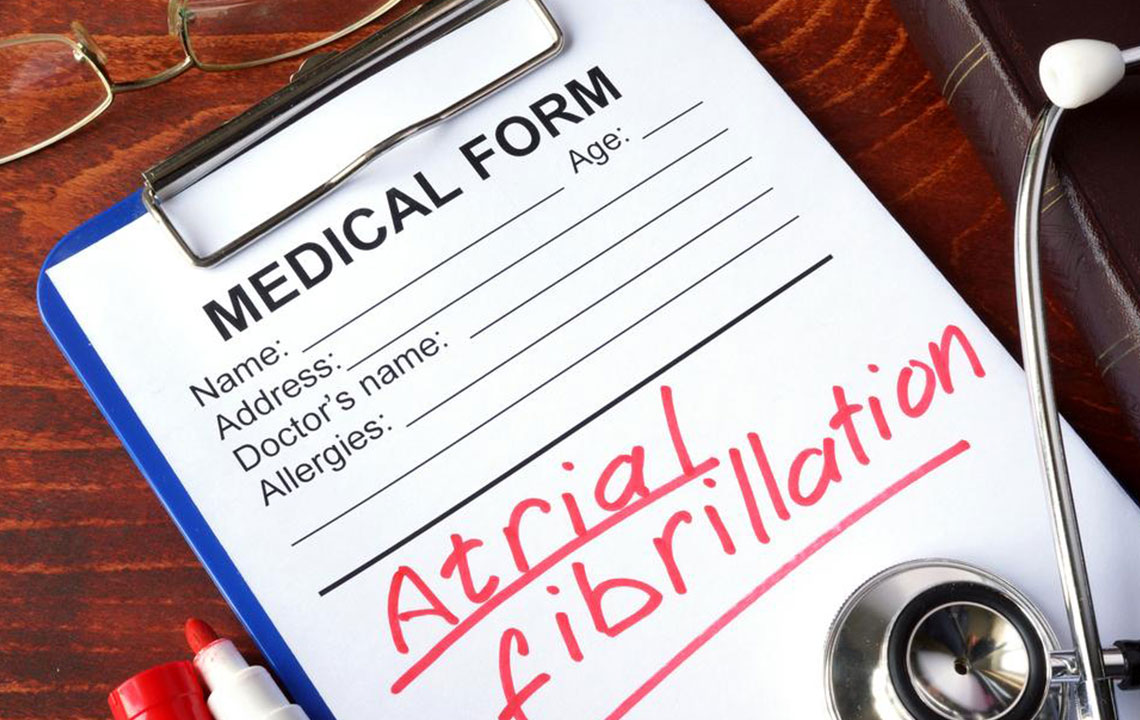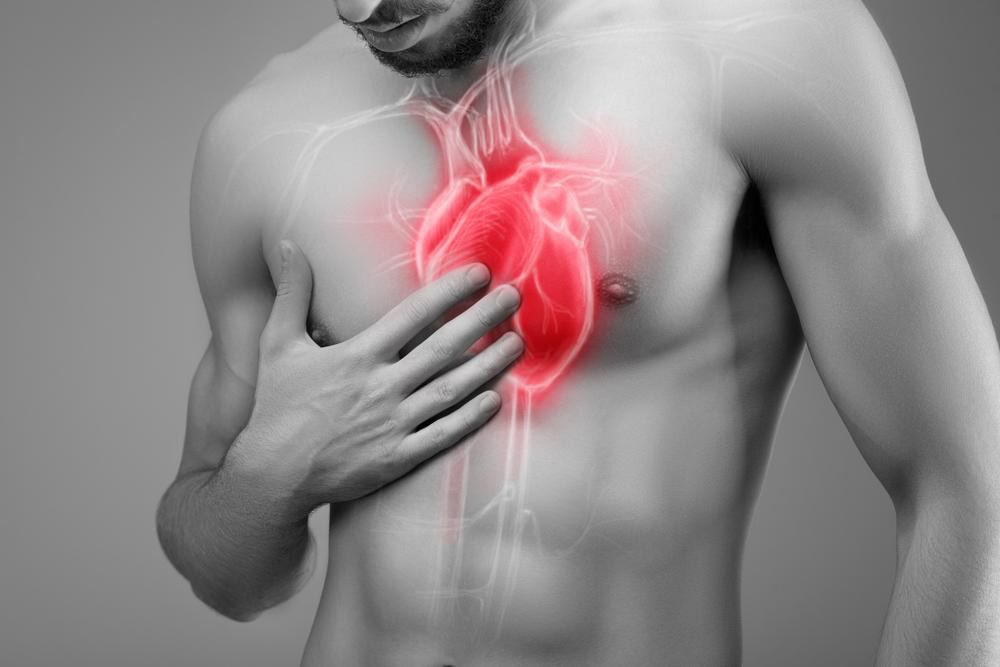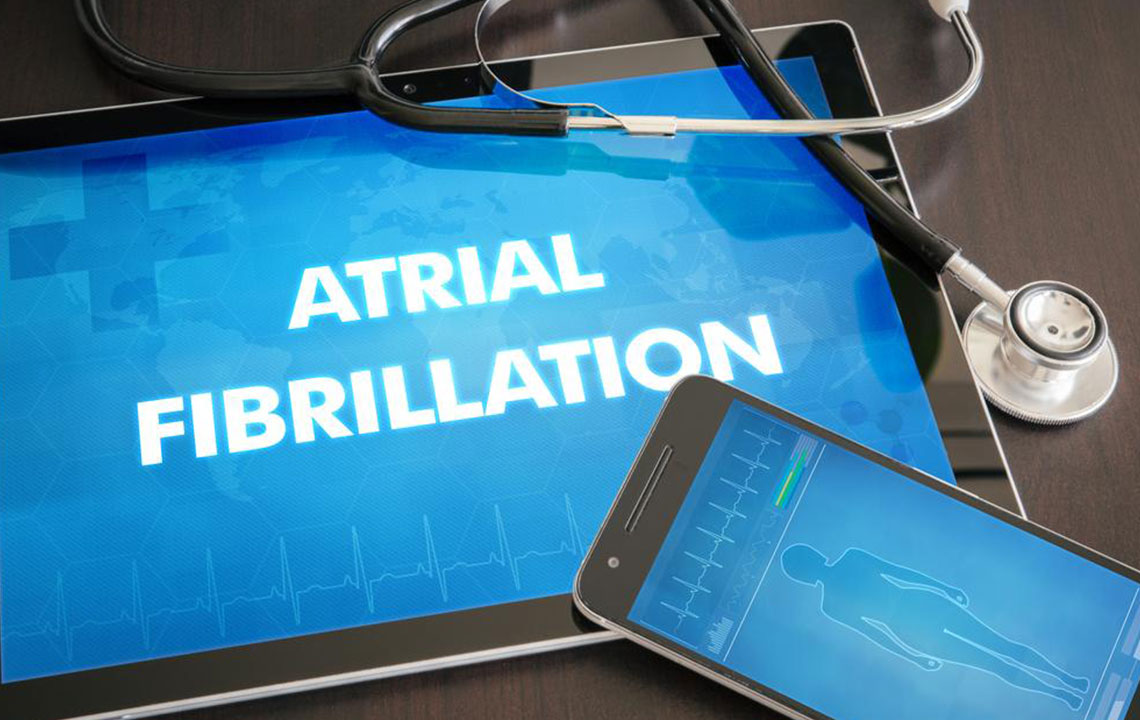Understanding Atrial Fibrillation: Symptoms, Diagnosis, and Management
This article offers an in-depth overview of atrial fibrillation, covering its symptoms, diagnosis, and treatment options. It emphasizes the importance of early detection, types of AFib, and management strategies including medication and procedures like cardioversion. Understanding these aspects can help patients seek timely medical intervention and improve their heart health. The content aims to inform readers about this common heart rhythm disorder and its potential complications, encouraging proactive health monitoring and consultation with healthcare professionals.

Understanding Atrial Fibrillation: Symptoms, Diagnosis, and Management
Atrial fibrillation (AFib) is a common heart rhythm disorder often misunderstood or overlooked. Many individuals are unaware of its existence or its causes and symptoms. AFib causes an irregular heartbeat due to abnormal electrical signals in the atria, leading to inefficient blood flow and an increased risk of stroke and heart disease. It is characterized by the atria's inability to pump blood properly, causing the heart to beat rapidly. Annually, over half a million AFib cases are diagnosed in the U.S., costing billions for treatment.
Recognizing Symptoms of AFib:
Often, AFib is found during routine check-ups as many people show no symptoms. Some may feel irregular pulses, palpitations, fatigue, weakness, dizziness, chest pain, confusion, fainting, or shortness of breath during activity or stress. Regular pulse checks are vital, especially since early symptoms can be mild. Detecting AFib early aids prompt treatment and reduces complications. AFib is classified into three types:
Paroxysmal AFib: Episodes last less than 7 days and may resolve spontaneously or with treatment.
Persistent AFib: Lasts more than 7 days and does not resolve on its own.
Permanent AFib: When both patient and doctor decide not to restore regular rhythm, although treatment can be initiated later.
Diagnosis & Management:
Effective treatment involves lifestyle modifications, medications, and sometimes procedures like ablation, cardioversion, or device implantation. Addressing underlying causes is crucial. Blood thinners are prescribed to prevent strokes. Diagnosis methods include ECG, physical exams, Holter monitors, or event recorders. Cardioversion, which restores normal rhythm, can be performed electrically or with medication. Electrical cardioversion has a high success rate (>95%) but carries a recurrence rate of about 75% within 2 years. Long-term management may involve anti-arrhythmic drugs and other interventions. While medications can effectively thin blood, side effects or resistance may occur, requiring personalized care.










